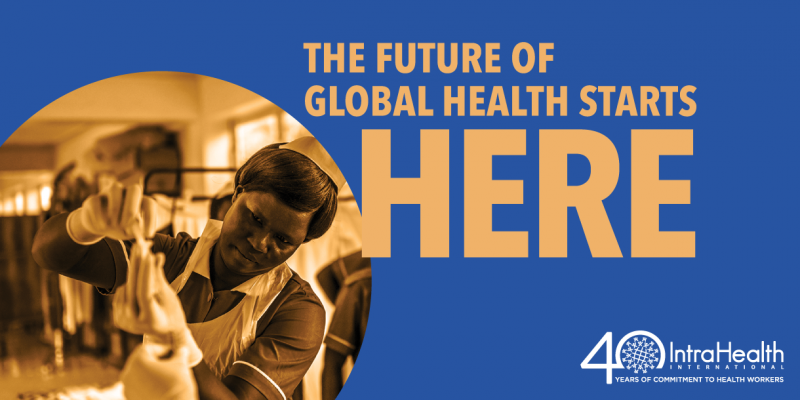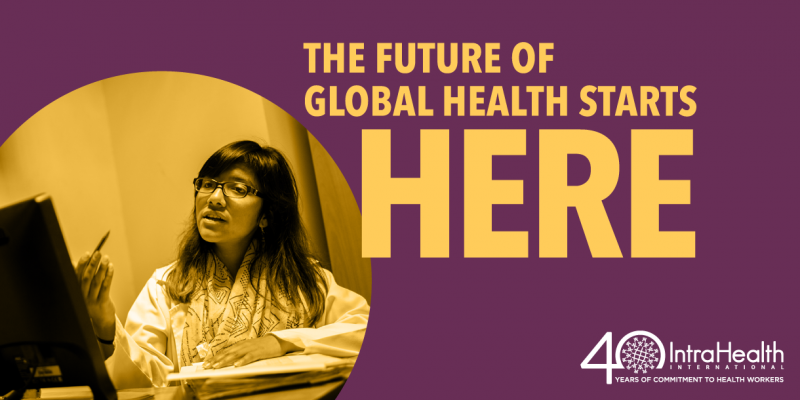Where We Work
See our interactive map


These 3 big lessons are helping us shape the future of health care around the world.
We started out small. Just a single project out of the medical school at the University of North Carolina at Chapel Hill. We were called Intrah back then, the Program for International Training in Health.
And that’s what we did. We trained health workers.
Forty years later—and 741 staff members strong—we still do. But we do so much more now, too.
New outbreaks, new scientific discoveries, and new technologies have changed our field entirely. The way we train has transformed. The types of partnerships that drive development are evolving before our eyes.
It's clear that the old ways of doing development won’t necessarily light our path forward.
That’s why we’re more focused than ever on what comes next. Here are three of the biggest lessons we’ve learned over the past four decades. Today, they’re helping us shape the future of health care around the world.

From the start, IntraHealth has been dedicated to people—particularly those who work on the front lines of care to keep our communities healthy and strong. Back in 1979, we looked to them as the key to stopping epidemics in their tracks, helping more moms and babies survive childbirth, and even achieving universal health coverage.
Today, we still do.
Human beings are our most valuable resource in global development, which is why we continue to focus on nurses, midwives, community health workers, physicians, lab techs, and all health workers who provide or make services possible where they’re needed most. About 8.6 million people die annually in low- and middle-income countries because of inadequate access to high-quality care—3.6 million die because of no access at all, while 5 million die due to complications of poor-quality care.
We know that investing in health workers not only boosts economies and gender equality—it saves lives. Health workers count for the future of development.

From our first days as an organization, we’ve invested in local partnerships. Whether we’re working with tiny, community-based NGOs or major regional corporations, we build our relationships to last.
In 2018, we worked with more than 42,000 local partners in 43 counties, including health facilities, civil society organizations, and private companies. Together we’ve built welcome centers for women with obstetric fistula in Mali, prevented new HIV infections in Tanzania, and shone a light on the gender-related barriers nurses face at work around the world.
As major funders such as the US government move forward with localization—wherein countries manage their own foreign aid, mobilize their own public and private revenues, and eventually become self-reliant—NGOs like ours are changing how we do business and how we work with local partners.
Read: 5 Hurdles to Localizing Global Development—and How NGOs Can Help Overcome Them

Let’s be clear—many alliances become extraordinary, but that’s often not how they start out.
It can feel odd to collaborate outside our usual circle of partners. But pulling people and organizations out of the deep niches they’ve nestled into and making the time and space to swap ideas and share across disciplines—this is how we'll make real progress on our greatest human ambitions.
So at IntraHealth, we cross boundaries. We join forces across fields, including with governments, businesses, technologists, entrepreneurs, and beyond. And we embrace change. This is how we’re building a future where everyone everywhere has the health care they need to thrive.
Because the future of global health starts here.
Stay tuned for more: #TheFutureOf #IntraHealth40 #HealthWorkersCount
Get the latest updates from the blog and eNews




